France
Paris
Switch to your local agency
Retour au menu
From B2B, business to business, to B2C, business to consumer, to H2H, human to human. An increasingly intimate and personal approach that drives brands to establish a direct relationship with their customers.
There are several ways to establish this type of relationship. A key enabler of the connection is the exchange of knowledge, to guide customers through their education. A connection that shows customers that the brand is paying attention to them, pushing it to be perceived as increasingly human, relevant and “present” in the everyday lives of its final customers.
Teaching means educating consumers not only about the use and consumption of the product they are buying, but also about the context of its use. This helps to establish a deeper relationship with the user, which goes beyond simple purchases and moves in the direction of brand loyalty.
Educating the customer brings this relationship to a whole new level. Which brands are showing us that relationships can (also) mean education?

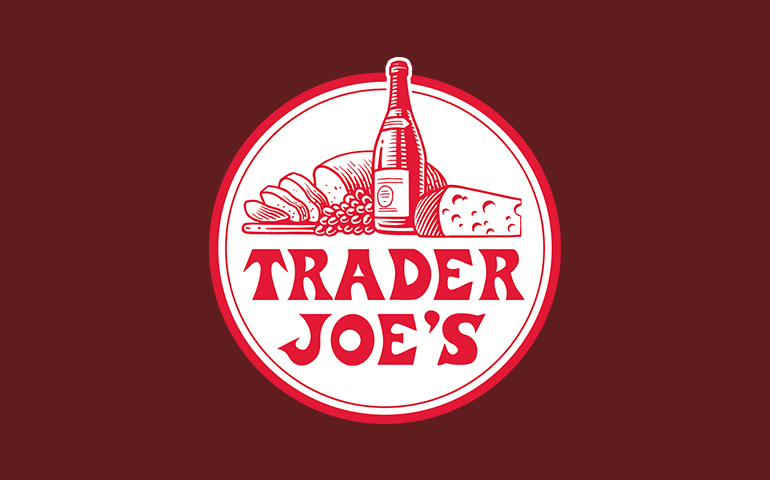
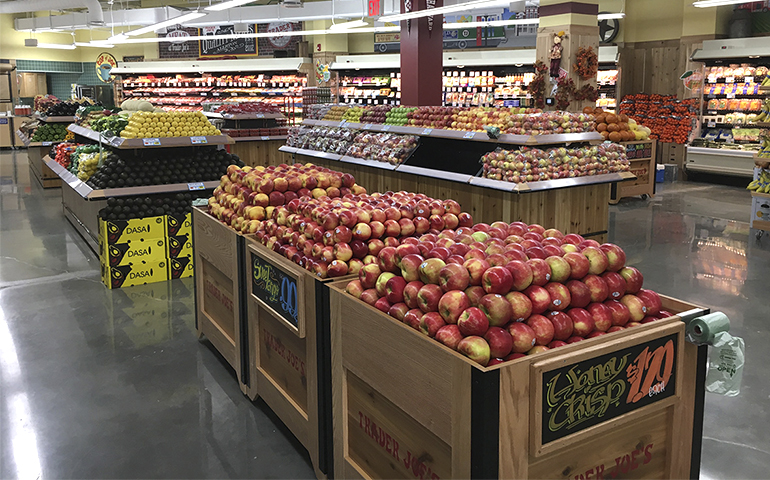
Trader Joe’s has applied this concept in a way that is almost covert, but extremely effective and impactful. What it has managed to do is teach the American population to eat healthily whilst staying within a limited budget. This is a fundamental constraint for customers, which Trader Joe’s has met with lower prices and special offers on healthy products. A matter of extreme importance in a country where the obesity rate in adults has exceeded 35%. Another key element is the impact of the brand’s communication, that can take advantage of the presence of 467 stores in 41 countries.
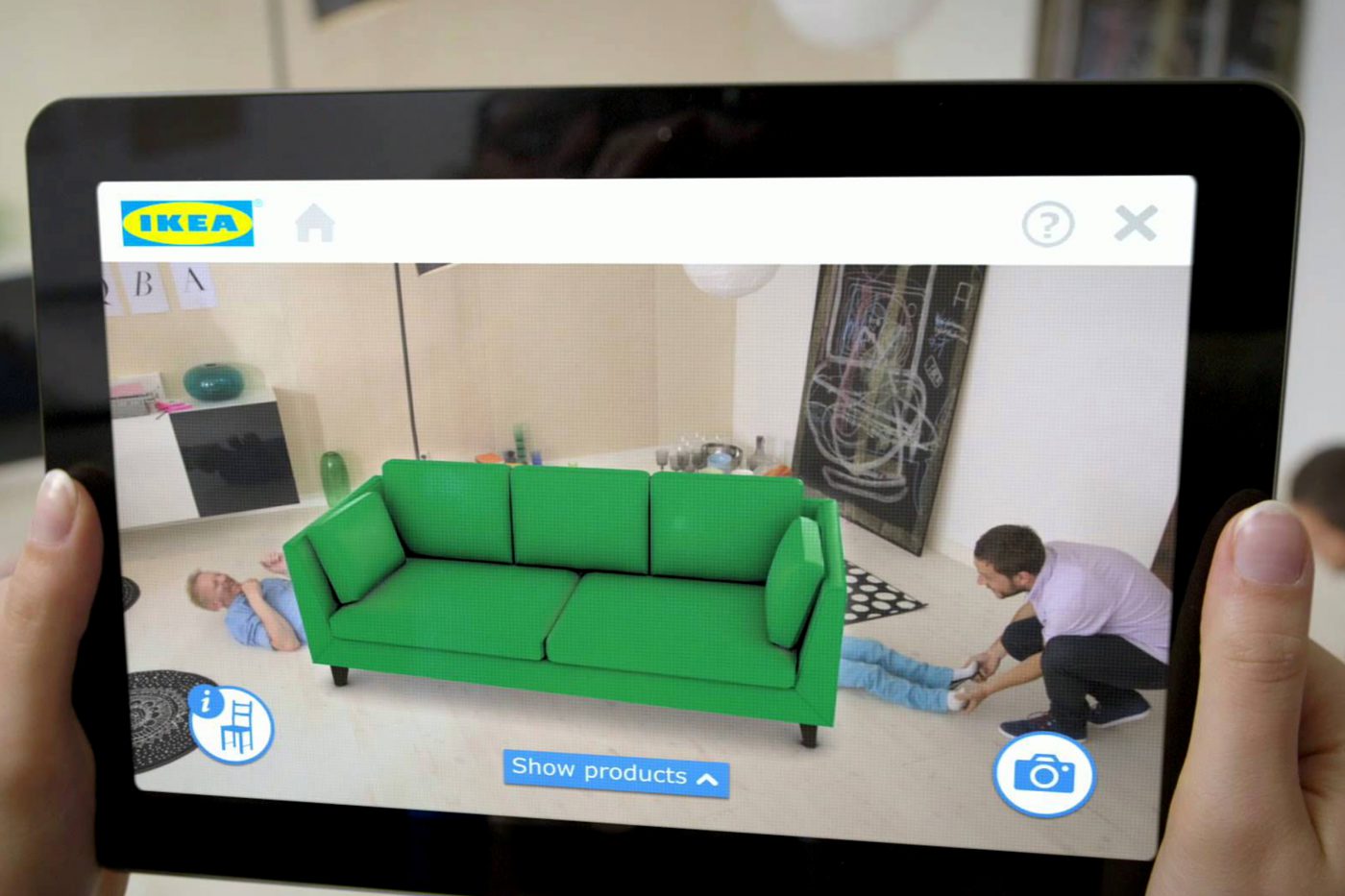
One of the most innovative brands of all time, IKEA has always taken the end user’s point of view into account, allowing customers to create their own designs, an ideology which lies at the heart of the company’s value proposition. Thanks to its design software, IKEA has shown people of all generations how to create and define their own styles, making the task easier and simpler. It has taught billions of people how to furnish their own homes with ease; an objective that it has never stopped working towards, and that gets updated over the years. This is also thanks to the new app IKEA Place, that uses augmented reality to allow customers to virtually “try out” the brand’s furniture in their own homes.

The road that leads to a brand becoming memorable to its target market is built on an effective customer experience, carefully researched at each one of its touchpoints. Every brand has the goal of establishing a connection with its customers, and education brings the relationship between company and customer to a deeper, more intimate level. It is a continuous dialogue, the product of exchanges of information between company and customer that, at its peak, is in every way similar to the exchange of values between two individuals, between two humans that both improve themselves by interacting with each other.
The road that leads to a brand becoming memorable to its target market is built on an effective customer experience, carefully researched at each one of its touchpoints. Every brand has the goal of establishing a connection with its customers, and education brings the relationship between company and customer to a deeper, more intimate level. It is a continuous dialogue, the product of exchanges of information between company and customer that, at its peak, is in every way similar to the exchange of values between two individuals, between two humans that both improve themselves by interacting with each other.
Martin Iselt, the Creative Director at CBA Paris, explains why the way in which a brand “reasons” could be a more important aspect than the way in which it appears.
We are currently living in an era in which technology is progressing at a faster rate than the speed at which brands are adapting. For the first time, brands are forced to react to developments in technology rather than being their point of origin, or at least evolving at the same rate. This is explained by the fact that the most recent innovations in technology have moved away from the concept according to which brands are visual identities; on the contrary, we are being directed towards a fascinating but currently unexplored territory: invisible brands.
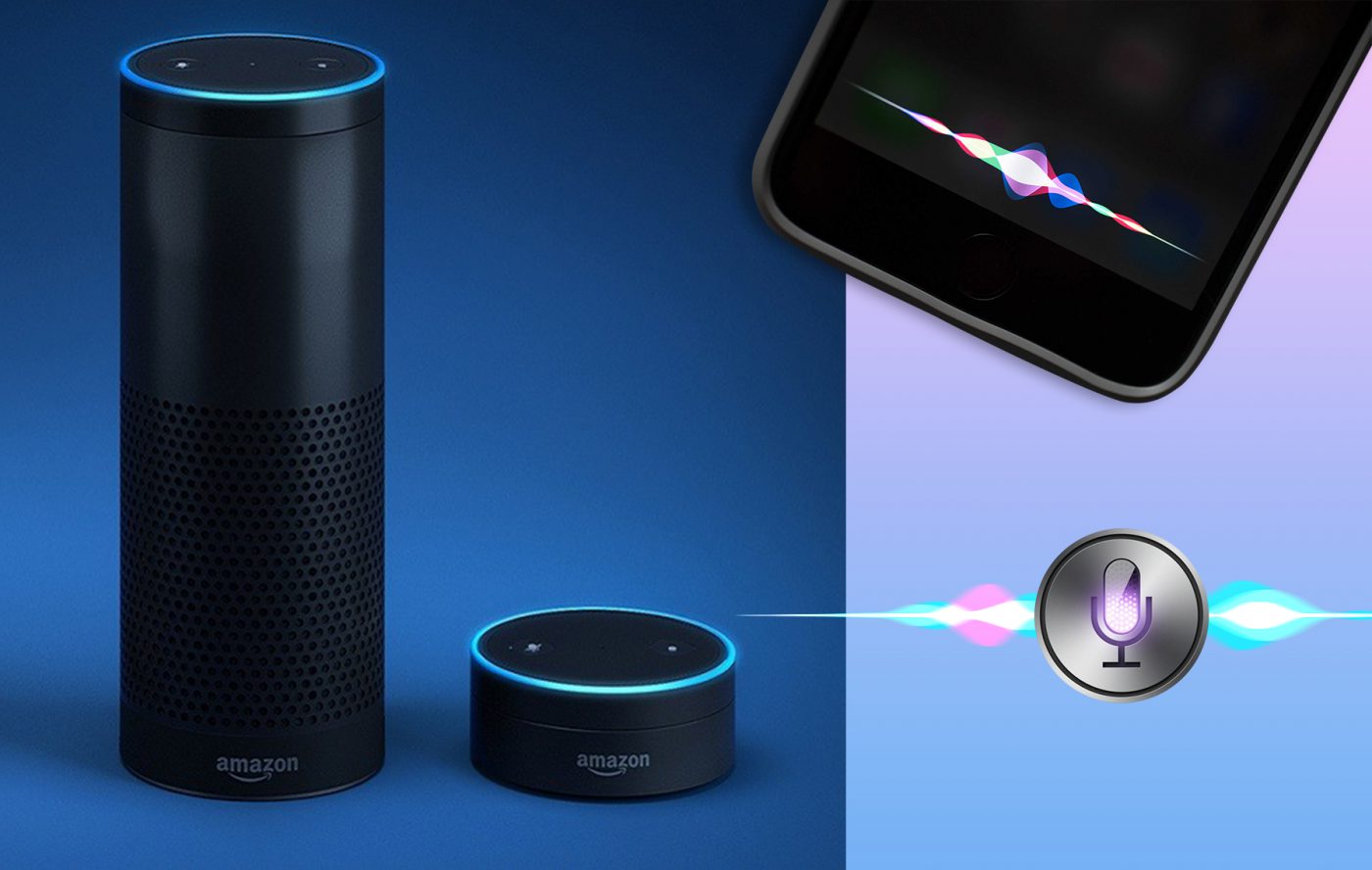
Nowadays, those attending design institutes are taught visual communication: logos, identities, photography, choice of colour and printing. In the past, these visual elements would have been used to develop a brand. New visual concepts, from changes in logo and illustration, to the daring image of the logo for the 2012 Olympic games in London. But technology is now taking us beyond the visual aspect of the brand. One only has to consider that brand loyalty is mainly influenced by the experience that the brand offers, more than the way in which it appears. Uber is one example. In the meantime, the success of Alexa for Amazon and Siri for Apple has paved the way for a brand experience which is based purely on an audio aspect, which offers significant opportunities and challenges.
If one asks Alexa to purchase water, it would probably choose the brand with which Amazon has the best deal, save for cases where specific indications are given by the user. In the same way, with developments in domotics, an ever-increasingly topical sector, consumers need to be particularly loyal to a brand in order to ensure that their digital assistant requests a specific brand or service provider. In this universe of audio consumers, the way in which a brand “reasons”, exists and communicates within a vocal universe is much more important that its appearance, and it is through sound that we are able to continue to connect to the public thanks to technological evolution. A complex audio identity will acquire ever-increasing importance as we are given the possibility to speak to brands. As the displays of our vehicle navigation systems are becoming increasingly smaller, why not have jingles for the bars and petrol stations located along our route?
Stubb’s barbecue sauce is a fun example of a brand which is making an initial incursion into the world of invisible branding. For Alexa, an “Ask Stubb” application has been developed. Once downloaded, consumers can ask Alexa for recipes, listen to music, get advice and cooking tips and, obviously, buy sauce whenever they want. You don’t have to be a branding genius to understand the advantages that all of this brings to Stubb over competitors who don’t offer audio services.
But don’t misunderstand! I think that brands will always need visual elements. The look of a product when it arrives in our homes will always be a fundamental factor. However, the habits of consumers go beyond the screen. Sound is becoming ever more important when examining consumers’ purchasing decisions.

A world of invisible brands presents new opportunities for establishing dialogue with consumers, but possible threats lurk around the corner. Whatever the digital assistant chosen by the consumer to make purchases or check on their homes, it could make important decisions on their behalf, for example choosing an electricity provider.
If Nest, or any other smart application which controls the thermostat, could communicate and propose better deals, what electricity provider would it suggest? Would an offer which takes into consideration environmental impact have more value, in my eyes, than one which is cheaper? This “short circuit” in direct communication with the brands in question can potentially emerge in any product category and would lead to the creation of monopolies or situations in which only a specific group of brands would gain ever-increasing clients.

Some experts have even hypothesised that vocal assistants, such as Alexa, will highlight the differences between brands. In my opinion, it is possible that the contrary is the case, inasmuch as this scenario could open a dialogue between consumers and brands. Brand loyalty will be the main factor, and thus brands will have to immediately re-think the way to create experiences and live in the world of invisible brands.
It will be the responsibility of agencies to identify the best ways to ensure that individual brands can exist in this new environment. In substance, we need to start thinking about brands by taking into consideration differing aspects and follow this line of thought by understanding how technology can connect with consumers, beyond visual means.
In the future it will be necessary to define how to exploit, adapt and personalise technology in favour of brands. It will be necessary to be the originator of technology rather than be subjected to it.
The evolution of branding will have to take into consideration all points of contact, all forms of technology. Currently, I believe that a very large proportion of the industry is not fully aware of the infinite opportunities that invisible branding can offer. Only agencies which are capable of providing an offer which is complete and perfectly aligned with technological advances will be able to survive.
Martin Iselt
Direttore Creativo, CBA Parigi
On going into detail, it emerges that the reality is more complex than a phrase created to amaze, both in terms of the online origin of success (Netflix began by sending DVDs by post), the physical presence (Amazon has opened an experimental shop in Seattle), and procurement strategies (Uber has purchased an articulated lorry start-up more for the autonomous driving technology than for the lorries themselves).
The new giants which have developed online, overturning their markets by replicating a business model founded on the non-ownership of assets, seem now to be looking with interest at the purchase of some form of physical property.
But this is not the case for everyone. In what direction are these companies moving nowadays?

Amazon and Alibaba are investing in the purchase of physical store chains. A few months ago, Amazon purchased Whole Foods (specialised in organic food), while Alibaba has acquired a significant share in Sun Art Retail, the Chinese version of Wal-Mart. Rather than a show of aggression towards the offline market, these strategies seem to be a form of u0022prototypeu0022 aimed at the definitive integration of online and offline experiences.

In the US, Airbnb has begun investing in a number of apartment complexes, built from scratch and managed according to new methods, obviously perfect for residents who will be hosts, but who are, above all, frequent travellers themselves.
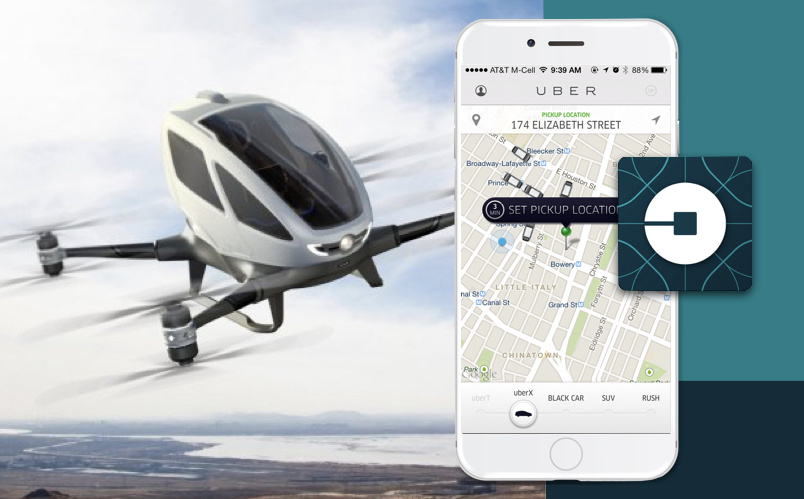
Uber has tested vehicle purchasing in Singapore, with poor success. It is, however, investing in revolutionary flying taxis which it will presumably have to own.
(The question also remains on how to manage in the future an asset-free model with driverless vehicles. Will the owner provide the self-driving car, working for Uber yet staying at home?)

For Netflix, considering the way in which it works, the dynamics have been similar, but without ever abandoning the immaterial: explosive penetration of the market and investment of earnings to free itself from dependence on entertainment leaders – in this case through the production of original material.
With regards to physical assets, is a macro trend for these actions emerging?
Certainly, the strategies differ for the various markets, and are applied in differing contexts, but none of these companies seems to be focused on snatching up assets depreciated by competitors.
There is no Airbnb buying up Holiday Inn or Uber taking over taxi companies being sold off. On the contrary, they all seem to be concentrating on strategies which are focused on a distant future, as though the inability of old-style competitors to adapt, their consequential disappearance, and even the uselessness of the goods which they are now founded on seem to be so taken for granted as to almost not even merit attention.
There are two lessons to be learned from all of this:
Even in the offline world, where until yesterday the definition of relationships of strength and services was in the hands of the traditional large-scale players, the rules are, nowadays, ever-increasingly set by the asset-light disruptors.
These all seem to be driven by the same rule which many very large-scale companies, now no longer in existence, have instead ignored: think about reinventing yourself before it becomes necessary.
Alberto Gianera
Strategic Designer
Referenze:
Subscribe and receive CBA’s latest news directly in your inbox!
© CBA DESIGN 2021 – CB’A Srl 05940620965
Privacy Overview